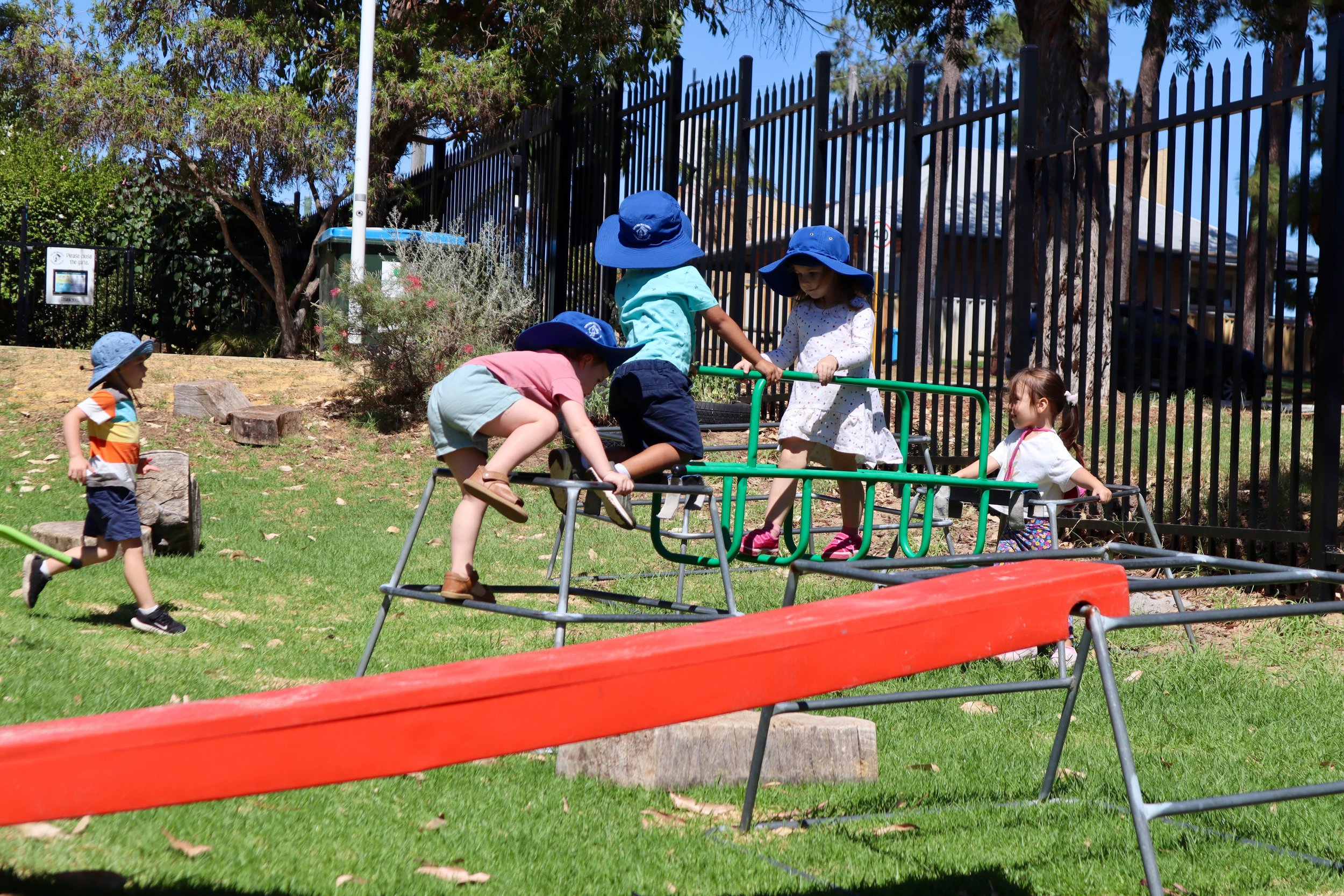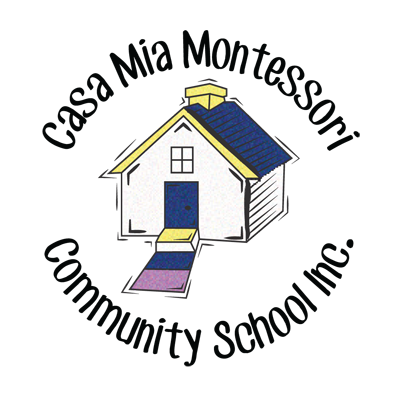
Protective Behaviours Curriculum
Keeping Safe
At Casa Mia, we actively encourage the children to know who they are; what makes them happy and what makes them sad and when they are sad – what are they going to do about it.
We do not refer to school rules but rather to the rights and responsibilities of all members of the community.
‘Children as well as adults have human rights. Children also have the right to special protection because of their vulnerability to exploitation and abuse.’ Unicef
Casa Mia is committed to uphold the rights of children and a part of this is the protection of the children. Child protection is a sensitive and challenging area, but it is a fundamental and non-negotiable responsibility of the School. Besides training the staff to recognise child maltreatment, indicators of child abuse and understand the long-term effects of abuse, the School has identified the values by which the community lives and a suite of policies and procedures with the express intention of creating a culture of safety for the children enrolled at Casa Mia Montessori.
One of the cornerstones of Casa Mia education is the learning area –Practical Life. This learning area has four sections – care of self, care of the environment, basic movement and grace and courtesy. The Care of Self section begins in the Children’s House with the fundamentals such as telling a person to ‘stop that, I don’t like it’ to learning about personal space and to saying ‘no, thank you’. These lessons become more complex as the children move into the next two cycles.
The Casa Mia Curriculum – care of self, is supplemented with the Child Protection Curriculum.
This curriculum is based on two main themes which are presented through topics and activities.
We have the right to be safe
We can talk with someone about anything, no matter what it is
The two themes are explored through four focus areas, which are examined in growing complexity in accordance with the age of the learners.
The right to be safe
Relationships
Recognising and reporting abuse
Protective strategies
The Keeping Safe: Child Protection Curriculum has been designed to teach children to recognise abuse, tell a trusted adult, understand what appropriate and inappropriate touching and ways is of keeping themselves safe.
Informing families
For many adults and families, the issue of child protection elicits strong feelings and reactions and often disbelief that it could ever happen or denial that it could/has happened. This range of responses makes it an extremely sensitive area and one that must be addressed as a community to keep the rights of the children to safe environment paramount.
Casa Mia keeps families informed of the use of the curriculum and can provide supporting strategies to reinforce concepts at home especially in sensitive issues such as anatomical names for body parts, children’s rights over the privacy of their bodies, recognising abuse and reporting abuse to someone they trust.
Protective strategies cannot be used unless children recognise situations of actual abuse or potential abuse. It is important for children to develop knowledge about what constitutes abuse and skills to protect themselves, that is appropriate to their age and stage of development. For example, for younger students the term ‘abuse’ is addressed within the curriculum using terms such as ‘unsafe’ and ‘unfair’ and encouraging children to recognise the feelings of their bodies in an unsafe situation. The themes are then developed in growing complexity in accordance with the age of the learners.
The Keeping Safe curriculum supports the staff in dealing with this challenging and sensitive area of health and well-being by providing age appropriate lessons, topics and activities as well as providing resources for students from culturally or linguistically diverse backgrounds and for students with disabilities.
Empowering children
As adults, we are all responsible for keeping children safe. This curriculum does not replace the parent/caregiver’s responsibility to protect children and ensure their safety and is not putting the responsibility on the child.
It is designed to complement parent/caregivers’ roles and provides support for the learning by the children. The program is informed by a fundamental belief that children always have a right to physical and psychological safety and that by arming them with skills and strategies to recognise their feelings and take appropriate action or seek help we give them another circle of protection.
If you have any questions or concerns about the Child Protection Curriculum and would like further clarification, please make a time to talk to your child’s teacher or contact the Principal.
It is through awareness and preparedness we can prevent harm.
